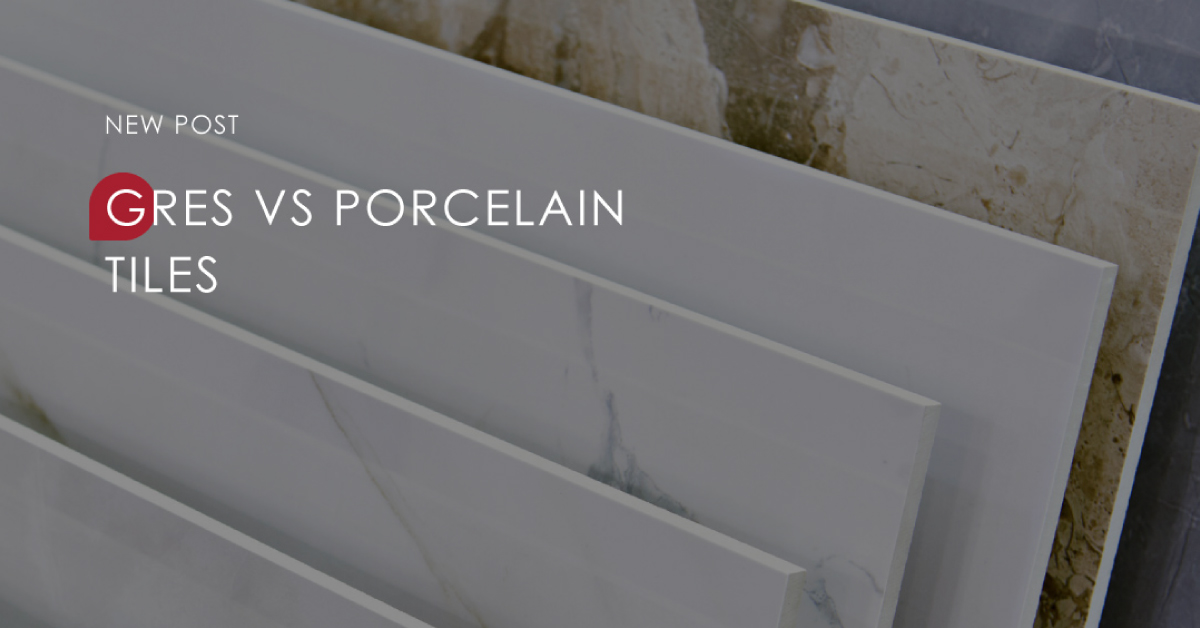These are two essential materials in the world of ceramics
When it comes to building a project, we can opt for two types of basic materials to embellish our homes or commercial surfaces: ceramic gres or porcelain tiles. Each has a series of characteristics that can be decisive when choosing one or the other, but what are they?
When it comes to building a project, we can choose between two basic types of materials to embellish our homes or commercial surfaces: Each has a series of characteristics that may be decisive when choosing one or the other, but what are they?
First of all, it is important to know that ceramic gres is a material made of red clay that is mainly used in interiors. It is a somewhat less resistant and a slightly more porous material than porcelain, but its great competitive advantage is its excellent quality/price ratio.
Meanwhile, porcelain floors, made of white clay and with a much higher density, are more resistant than gres floors. For this reason, they are recommended for busy areas, such as commercial projects, which are subject to more wear and tear and a greater influx of people and objects. They can also be used for exteriors with extreme temperatures and even for facades and are available with anti-slip finishes, suitable for wet areas.
In addition, due to their high density, porcelain tiles are less prone to moisture absorption. Undoubtedly, another benefit of porcelain tiles is the versatility of the material.
A hard, resistant material that allows a multitude of designs to be created and even perfectly imitates other materials, such as marble or wood, which are more expensive to maintain.
Due to its technical characteristics, the price of porcelain tiles is higher than that of gres and it also requires more experience to lay and handle. However, it is a material that can be kept in perfect condition throughout its long life.
When it comes to making a decision, there are many factors that influence and both materials can be perfect for some projects, but not as good as others. If we are looking for a good result at a good price for spaces that are not too busy, gres may be our best option. But if what we are looking for is greater resistance and durability in a high-traffic space or outdoor flooring resistant to high and low temperatures, porcelain will be our material of choice.
If you liked our post on “Gres vs Porcelain tiles?” you can find more by clicking here.
You can also follow us on social networks for more tips on ceramics:

